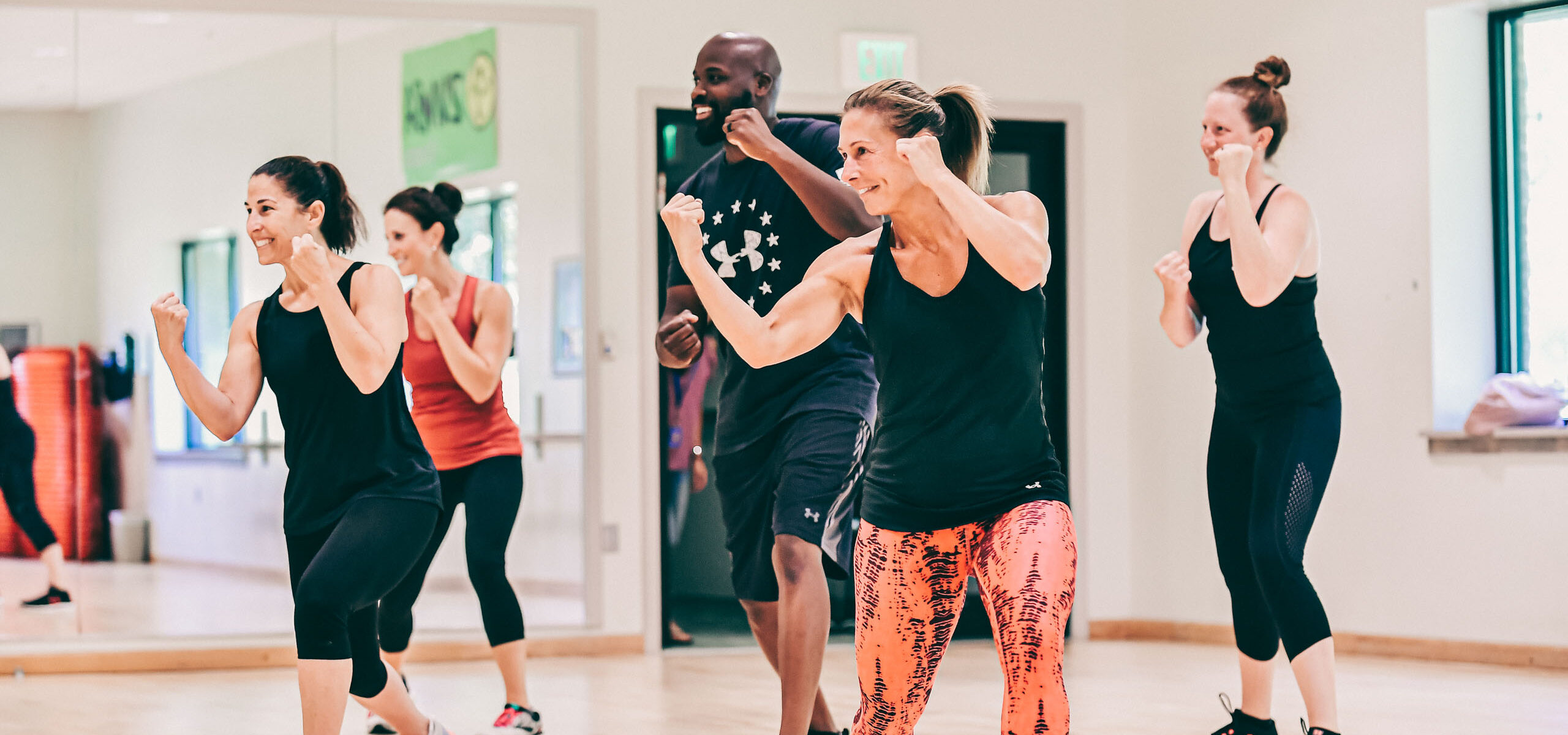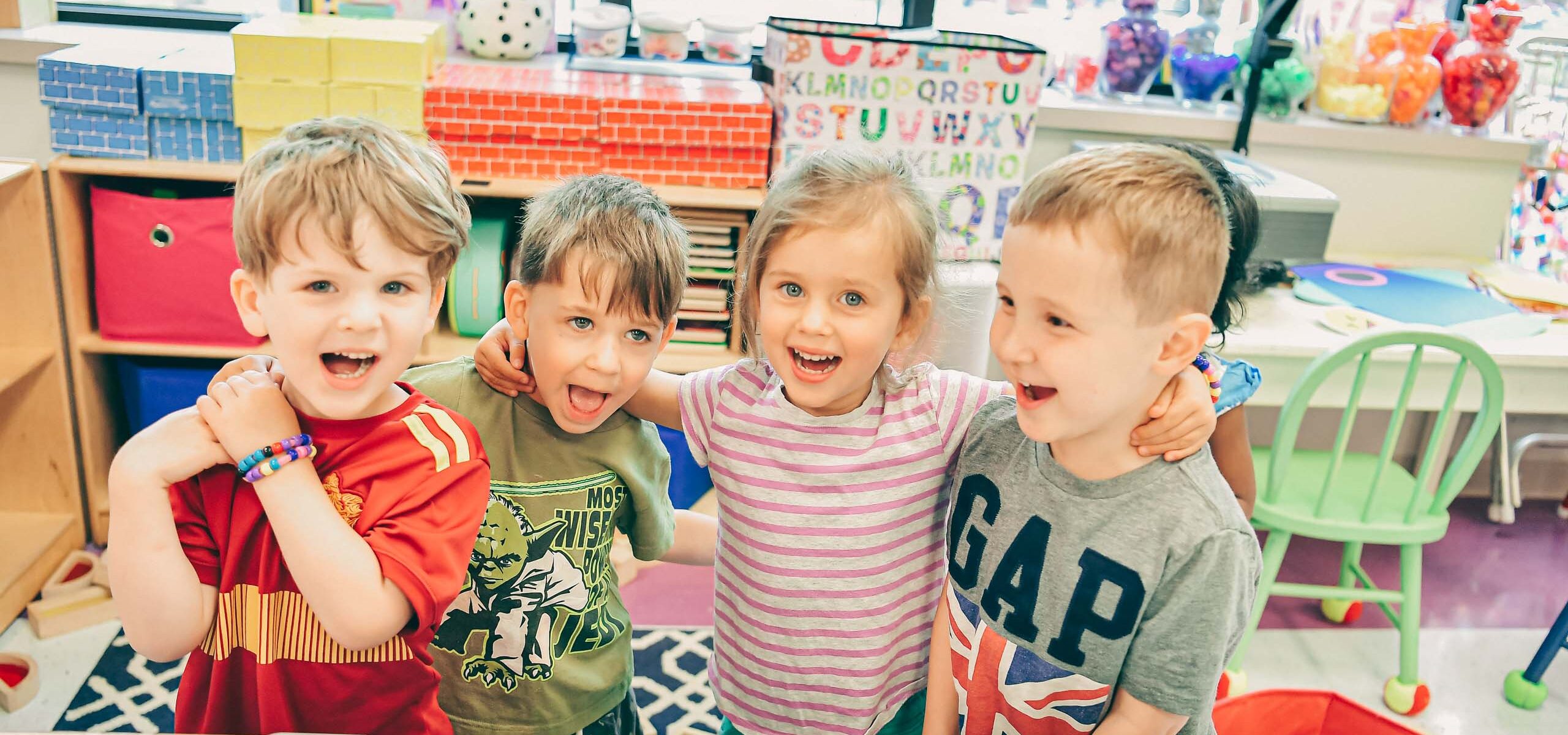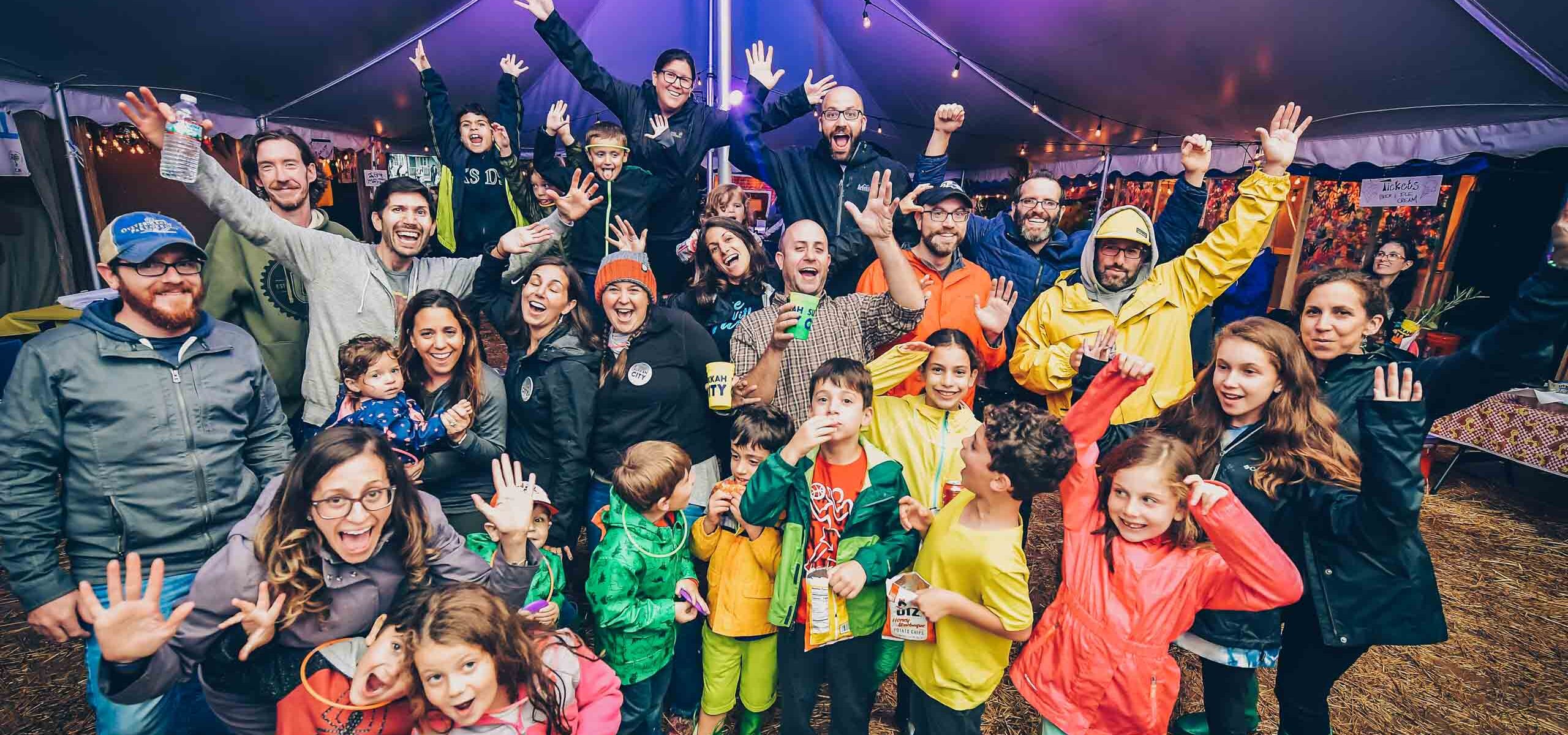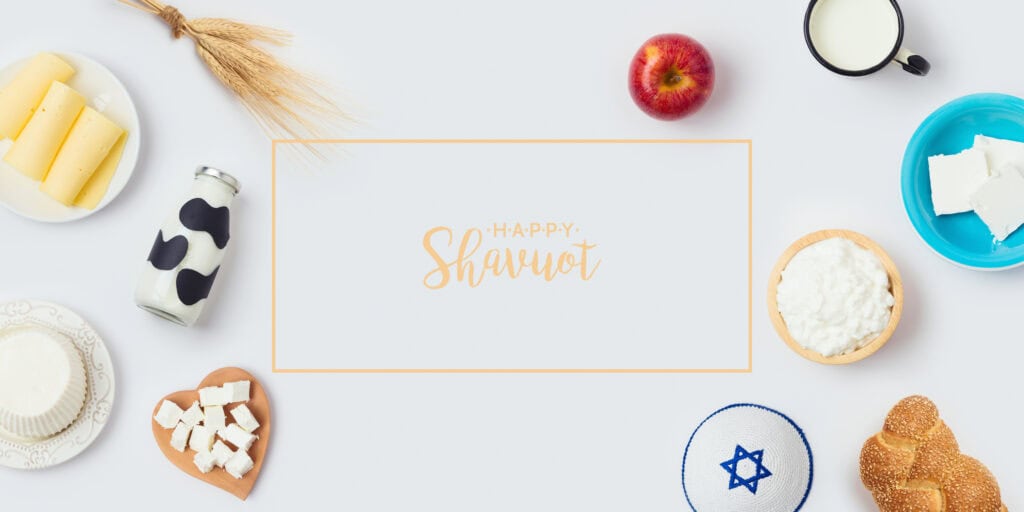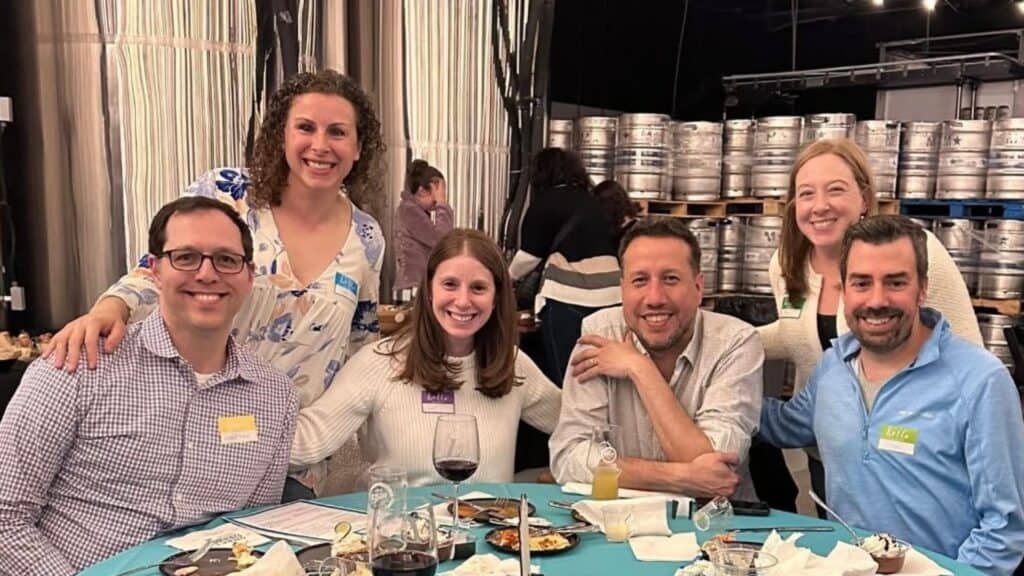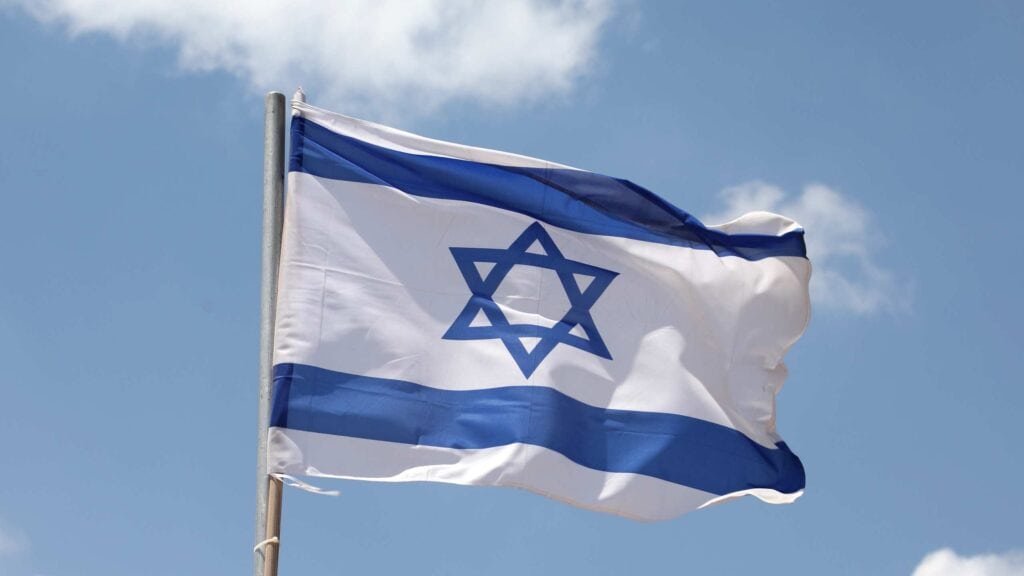Stepping into Shavuot
by Rabbi Jessy Gross

Judaism is a song and our holiday cycle provides the rhythm to help us truly internalize the beat of that song. There are a few times of year that the rhythm becomes undeniable. If we zoom in on what is happening on our Jewish calendar we can hear the music emerge from the time we keep. The High Holidays and the month that leads up to them are one example. The summer days leading up to Tisha b’Av are another example. In my opinion, the time between Pesach leading up to Shavuot are the best example…if you know how to tap in.
Another reason we can sense a rhythm out of our tradition is because of our connection to numbers. From the second day of Pesach until we celebrate Shavuot there are 49 days. Seven weeks. Seven cycles of seven. (Seven is such a special number. Seven days of the week stemming out of the seven days in which God created the world, culminating in the gift of Shabbat. Seven blessings at the central part of a wedding ceremony. Seven days of initial mourning when we lose someone we love. Seven year cycles for how we tend to our land. And more.)
These days in between Pesach and Shavuot we participate in an activity called the counting of the Omer. However, it is more than an activity…it is a spiritual exercise in intentionality, being present and even meditation. It is a tangible way in which we reconnect to our ancient story. The first act of this story we tell as we participate in the Passover seder. Our seder takes us through the story of our people’s slavery in Egypt and leaves us on the shores of freedom beyond the parting of the Red Sea: redemption.
Shavuot brings us to our second act of the story: revelation. Shavuot connects us to the most powerful moment of what it means to be part of the Jewish people – receiving the Torah. By participating in the Counting of the Omer, which takes place in the days in between, we reconnect ourselves to the drama of the generation that traversed the desert. We know that the days of counting will culminate on day 50 with the celebrating of Shavuot. However, the practices of Counting the Omer help us to imagine the dramatic experience of taking each day, one by one, in the time between leaving Egypt and arriving at Mount Sinai to receive the Torah, and ultimately to arrive in the Promised Land.
The counting is not a simple counting. Thanks to the kabbalists (the mystics) in our tradition, we have been given the gift of a chart that marks the intersection of seven spiritual attributes that allows us to count each day and still see the uniqueness of each day.
So, what is an omer? Glad you asked because it leads to one of my favorite nuggets of wisdom that Jewish tradition has to offer. An omer is an ancient measurement by which barley would be harvested and brought to the Temple as an offering the day after Pesach. Bringing offerings to the Temple happened three times of year: Pesach, Shavuot and Sukkot; these are called the pilgrimage holidays…or regalim…meaning festivals.
And now, for that little nugget of wisdom…which brings us back to rhythm…mostly all of the holidays we celebrate on our Jewish calendar came to importance first and foremost because of the season of agriculture. While each of our holidays have deep theological meaning and requirements for religious observance, many of them came to importance or even came to be because of what was happening on the land…i.e. what was growing when.
The coming of Pesach marks the beginning of the barley harvest – a grain that was desirable for animals but a lower value grain for human use. However wheat, which starts to be harvested around Shavuot is the grain that communities would wait with great anticipation in order to have a sense of what their viability might look like for the growing season ahead. It was not just about anticipating Torah…a spiritual sustenance but also about anticipating how much food and resource a community would have to sustain itself physically from one season to the next.
The idea that our holidays connect us back to our land is a difficult connection to make when many of us don’t grow our own food, but it is also an invitation to imagine that our rhythm is deeply rooted in the land and that our holidays have meaning beyond just the religious experience of them.
Shavuot marks the end of a period of great anticipation and culminates with grand celebration and learning. It is a time to recommit ourselves to the power and wisdom of Torah. It is the reason why many liberal Jewish communities celebrate confirmation around this holiday. And, in most Jewish communities, it is an opportunity to come together for dancing, feasting and learning. It is customary to stay up all night and participate in various sessions to think about how the Torah continues to provide us wisdom and direction today. It is an incredibly joyous time in our tradition and one that we look forward to and build up to as we near it.
If you’ve never tapped into Shavuot in a meaningful way, I suggest you think about how you might this year. There are so many awesome opportunities in our community and beyond to learn something on this holiday. And, if you don’t want to step in, think about plugging in. Judaism Unbound (a podcast) has 24 hours’ worth of learning and you never have to leave your home to engage. That being said, Shavuot is also about community. So, if you really want to take advantage of the drama of the holiday – and maybe even feel some of the awe and uncertainty our ancestors must have felt at this moment – consider finding a Tikun l’el Shavuot (Shavuot learning) experience somewhere in this great Baltimore Jewish community and find a way to connect to our tradition and rhythm all at the same time.
